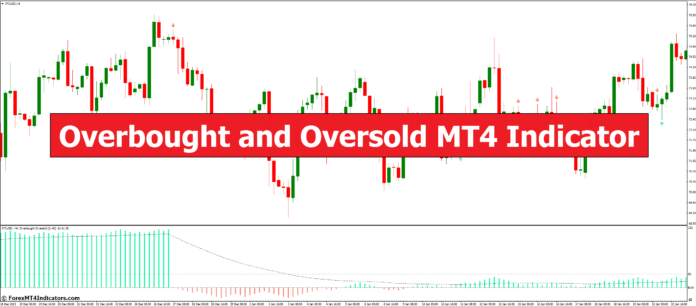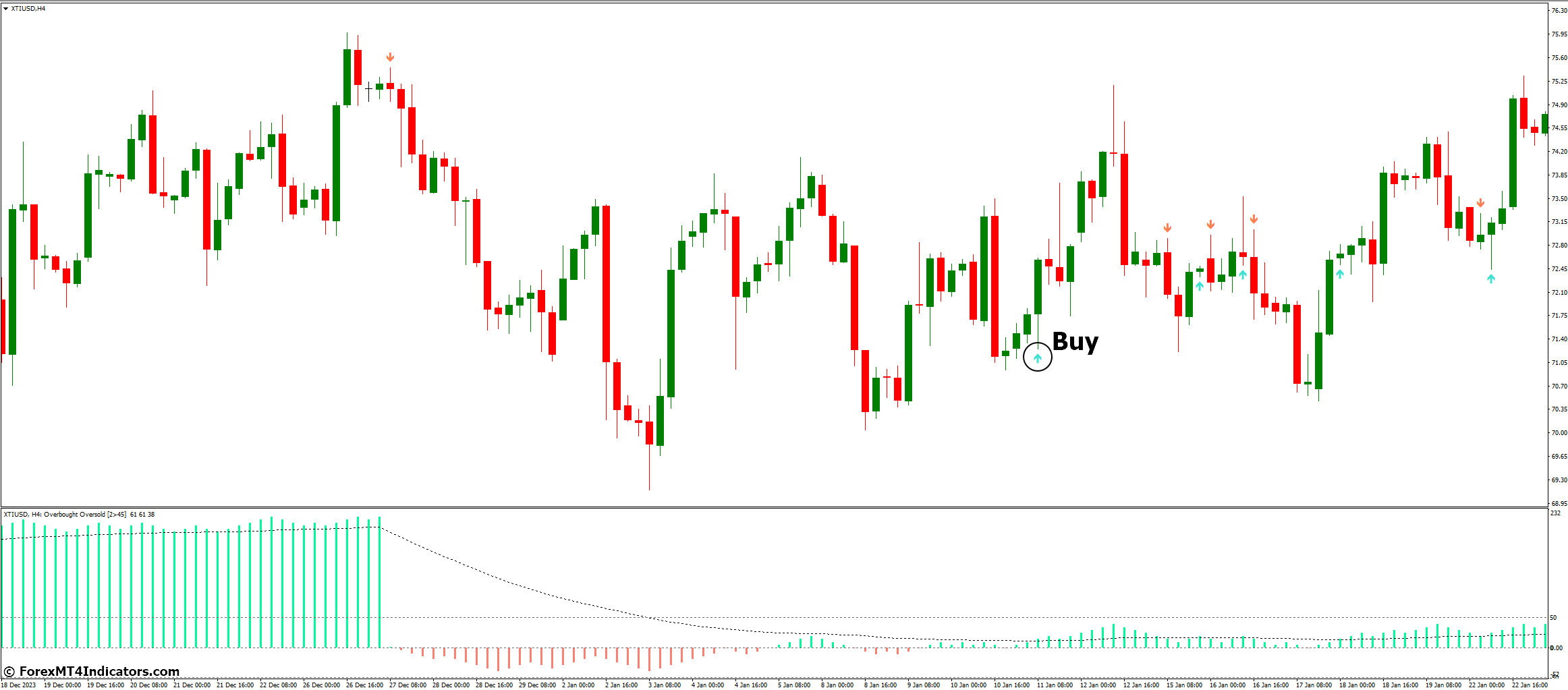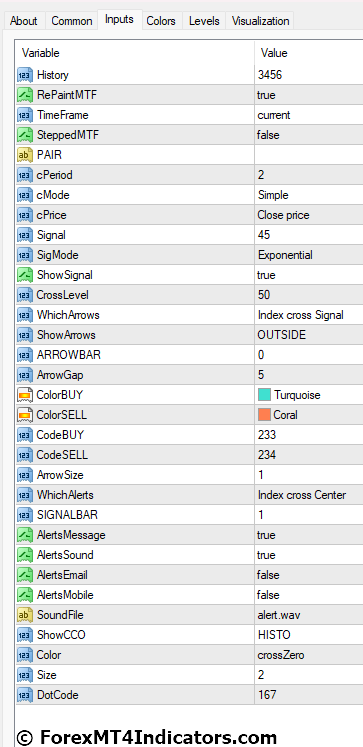Last Updated on June 15, 2025 by Tim Morris
Understanding market sentiment is crucial for any trader. Simply put, it reflects the collective mood of market participants are they feeling optimistic (bullish) or pessimistic (bearish)? Overbought/Oversold indicators play a vital role in gauging this sentiment by identifying potential extremes in price movements.
Demystifying Overbought and Oversold Conditions
Imagine a scenario where a particular stock price keeps surging continuously. This sustained upward trend might indicate an overbought condition, suggesting the price may be due for a correction or pullback. Conversely, an asset witnessing a continuous price decline might be considered oversold, hinting at a possible reversal and potential price increase.
Overbought/Oversold Indicators in MT4
MT4 offers a treasure trove of technical indicators, and Overbought/Oversold variants equip traders with valuable insights. Let’s explore some popular options:
- Relative Strength Index (RSI): This widely used momentum indicator oscillates between 0 and 100. Readings above 70 generally signify overbought territory, while values below 30 suggest a potentially oversold market.
- Stochastic Oscillator (%K, %D): This indicator compares the closing price of an asset to its price range over a specific period. Overbought readings typically exceed 80, while oversold levels fall below 20.
- Bollinger Bands (BB): These bands depict a range of volatility around a moving average. When the price reaches the upper Bollinger Band, it might indicate overbought conditions, while venturing near the lower band suggests a potentially oversold market.
The Limitations of Overbought/Oversold Indicators
While these indicators provide valuable insights, it’s crucial to acknowledge their limitations:
- False Signals and Market Trends: Markets can experience extended periods of consolidation, where prices move sideways. In such scenarios, overbought/oversold indicators might generate misleading signals.
- Confirmation Bias: Traders may misinterpret indicator readings to fit their existing beliefs, leading to biased decision-making.
The Art of Combining Analysis
To truly leverage the power of Overbought/Oversold indicators, it’s essential to combine them with other technical analysis tools:
- Price Action: Analyzing price movements themself provides valuable clues. Look for support and resistance levels, candlestick patterns, and price rejections to confirm indicator signals.
- Volume Analysis: Studying trading volume alongside indicator readings can offer additional context.
Volume Analysis and Advanced Strategies
Building on the concept of combining analysis methods, understanding volume plays a crucial role:
- High volume during overbought readings: This might suggest a stronger conviction from sellers, potentially leading to a more significant price correction.
- Low volume during oversold readings: This could indicate a lack of buying pressure, and the price might not necessarily experience a sharp rebound.
Advanced Strategies with Overbought/Oversold Indicators
By incorporating other technical analysis tools, traders can refine their strategies:
- Divergence Between Indicator and Price: When the indicator and price movement contradict each other, it can signal a potential trend reversal. For instance, if the RSI continues to climb while the price starts to decline, it might suggest a weakening uptrend and a possible price correction.
- Combining with Moving Averages: Moving averages act as dynamic support and resistance levels. When an overbought/oversold signal coincides with a price reaching a key moving average, it can strengthen the potential for a reversal.
Trading Tips and Risk Management
While Overbought/Oversold indicators offer valuable insights, remember these crucial trading principles:
- Avoiding Over-reliance on Single Indicators: No single indicator is a foolproof predictor of future price movements. Always combine indicator signals with other forms of analysis and validate them with price action and market context.
- Implementing Proper Risk Management Strategies: Employing stop-loss orders is essential to limit potential losses. Additionally, practicing proper position sizing ensures you don’t risk a significant portion of your capital on any single trade.
How to Trade with Overbought and Oversold Indicator
Buy Entry
- When the indicator crosses below the oversold threshold, consider a buy entry.
- Look for bullish price action or confirmation from other indicators to validate the buy signal.
Sell Entry
- When the indicator crosses above the overbought threshold, consider a sell entry.
- Look for bearish price action or confirmation from other indicators to validate the sell signal.
Overbought and Oversold Indicator Settings
Conclusion
Understanding Overbought/Oversold indicators equips you with a valuable tool in your technical analysis toolbox. Remember, the financial markets are dynamic and ever-evolving.
Recommended MT4/MT5 Broker
XM Broker
- Free $50 To Start Trading Instantly! (Withdraw-able Profit)
- Deposit Bonus up to $5,000
- Unlimited Loyalty Program
- Award Winning Forex Broker
- Additional Exclusive Bonuses Throughout The Year
- Exclusive 90% VIP Cash Rebates for all Trades!
Already an XM client but missing out on cashback? Open New Real Account and Enter this Partner Code: VIP90
(Free MT4 Indicators Download)

Enter Your Email Address below, download link will be sent to you.








